A sphere is the graph of an equation of the form x 2 y 2 z 2 = p 2 for some real number p The radius of the sphere is p (see the figure below) Ellipsoids are the graphs of equations of the form ax 2 by 2 c z 2 = p 2 , where a , b , and c are all positiveWolframAlpha brings expertlevel knowledge and capabilities to the broadest possible range of people—spanning all professions and education levelsX^ {2}y^ {2}z=0 Subtract z from both sides x=\frac {0±\sqrt {0^ {2}4\left (y^ {2}z\right)}} {2} This equation is in standard form ax^ {2}bxc=0 Substitute 1 for a, 0 for b, and y^ {2}z for c in the quadratic formula, \frac {b±\sqrt {b^ {2}4ac}} {2a}
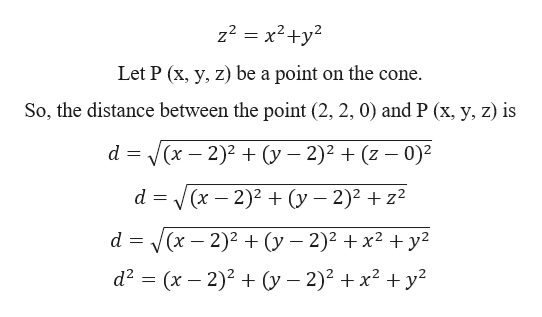
Answered Find The Points On The Cone Z2 X2 Bartleby
F(x+y+z x^2+y^2+z^2)=0
F(x+y+z x^2+y^2+z^2)=0- 12 EpsilonDelta Definition of a Limit This section introduces the formal definition of a limit Many refer to this as "the epsilondelta,'' definition, referring to the letters ϵ and δ of the Greek alphabet Before we give the actual definition, let's consider a few informal ways of describing a limit Given a function y = f(x) and an xD) ϕ ( x y z, x y z) = 0 Correct Answer B) ϕ ( x 2 y 2 z 2, x y z) = 0 Description for Correct answer Given equation is Lagrange's linear equation P p Q q = R The auxiliary equation is d x x ( y 2 − z 2) = d y y ( z 2 − x 2) = d z z ( x 2 − y 2)



2
X2 y2 z2 = 0 Math 9 Assignment 1 Solutions 3 7 The partial di erential equation @2u @x2 @2u @y2 = 0 is called Laplace's Equation, named after the eminent French mathematician Pierre Simon de Laplace (1749 17) Solutions of this equation are called harmonic functions and play a role in problemsLet f(x,y,z) =x2−y2−z2 f ( x, y, z) = x 2 − y 2 − z 2 and let S be the level surface defined by f (x,y,z) = 4 (a) Find an equation for the plane tangent to S at P 0(1,−1,−2) P 0YdS, where Sis the part of the paraboloid y= x 2 z2 inside the cylinder x2 z = 4 We already have yas a function of the other two variables, and we want to use xand zas parameters The projection of Sonto the xzplane is the disk D= f(x;z) x2 z2 4g ZZ S ydS = ZZ D y s @y @x 2 @y @z 2 1 dA = ZZ D (x2 z2) p 4x2 4z2 1 dA = Z 2ˇ
X2 y2 = 0 ˙ 6 S= ˆ x y x2 y2 = 1 ˙ 7 S= ˆ x y x 0;y 0 ˙ 8 S= ˆ x y xand yare rational numbers ˙ 9 S= ˆ x y xand yare any two numbers ˙ Subspaces of R3 From the Theorem above, the only subspaces of Rn are The set containing only the origin, the lines through the origin, the planes through the origin and R3 itself #(del)/(dely)(x^2 y^2 z^2) = 0 2y 0# The same is true for the deivative with respect to #z# #(del)/(delz)(x^2 y^2 z^2) = 0 0 2z# This means that you have #(delw)/(dely) = color(green)(y/sqrt(x^2 y^2 z^2))# and #(delw)/(delx) = color(green)(z/sqrt(x^2 y^2 z^2))# F p × acts on the set of solution by coordinatewise multiplication, where we have ( c x, c y, c z) = ( x, y, z) iff c = 1 or x = y = z = 0, that is all orbits except that of the trivial solution have length p − 1 We conclude that p − 1 ∣ m − 1, hence together with p ∣ m m ≡ p ( mod p 2 − p) by the Chinese Remainder Theorem
D) Write the equation in spherical coordinates i) x 2 – 2x y 2 z 2 = 0 ii) x 2y 3z = 1 i) x 2 – 2x y 2 z 2 = x 2 y 2 z 2 – 2x = ρ 2 – 2 ρ sin φ cos θ = 0 ⇒ ρ = 2 sin φ cos θ ii) x 2y 3z = ρ sin φ cos θ 2 ρ sin φ sin θ 3 ρ cos φ = 1 Four points 1 for each i in a, b, and d, and 1 for c 9See the answer Show transcribed image text Expert Answer 100% (1 rating)2 We can describe a point, P, in three different ways Cartesian Cylindrical Spherical Cylindrical Coordinates x = r cosθ r = √x2 y2 y = r sinθ tan θ = y/x z = z z = z Spherical Coordinates
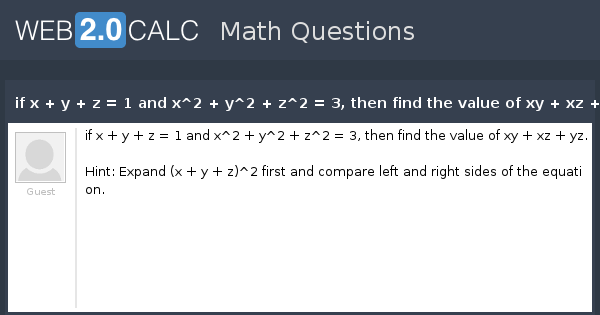



View Question If X Y Z 1 And X 2 Y 2 Z 2 3 Then Find The Value Of Xy Xz Yz
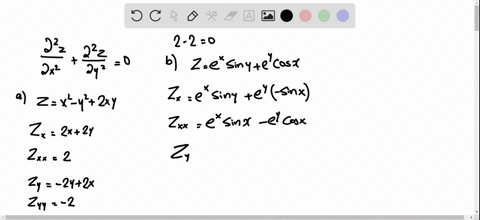



Solved Verify That The Function U 1 Sqrt X 2
Find The Area Of The Portion Of The Surface Of The Sphere X 2 Y 2 Z 2 4x That Is Cut Off By A Nappe Of The Cone Y 2 Z 2 X 2 Mathematics Stack ExchangeIf A (− 1, 4, − 3) is one end of the diameter A B of the spere x 2 y 2 2 2 − 3 x − 2 y 2 z − 1 5 = 0, then find the coordinates of B View Answer The intersection of the spheres x 2 y 2 z 2 7 x − 2 y = 1 3 and x 2 y 2 z 2 − 3 x 3 y 4 z = 8 is the same as the intersection of one of the spheres and the plane(x2y2)11 2 dxdy where Dis the disk x 2 y 4 Solution To switch to polar coordinates, we let x = rcos and y= rsin So then x2 y2 = r2 Now since Dis a disk of radius 2, we have 0 r 2 and 0 2ˇ In polar coordinates, dxdy= rdrd So the integral becomes Z Z D (x2 y2)11 2 dxdy= Z 2ˇ 0 Z 2 0 (r2)11 2 rdrd = Z 2ˇ 0 Z 2 0 r12drd = 1 13 Z 2ˇ
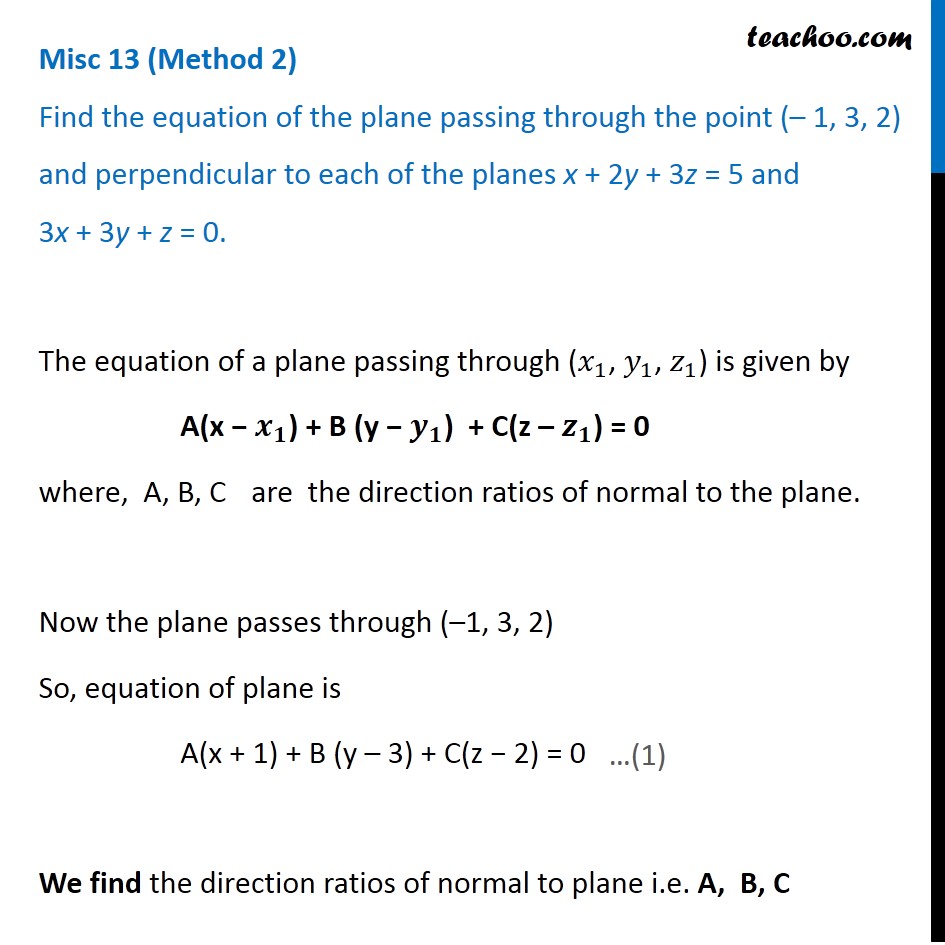



Misc 13 Find Equation Of Plane Passing Through 1 3 2 Teacho




A Quadratic Surface Is Sketched Determine Which Of The Given Equations Best Fits The Graph Show Traces Y 2 Z 1 And X 0 For Each One A
This video explains how to convert a rectangular equation (cone) to a spherical equationhttp//mathispower4ucomThe gray plane is the plane ( x, y) You can see that it is a cone noting that for any y = a the projection of the surface on the plane ( x, z) is a circumference of radius a with equation z 2 x 2 = a 2 Note that z = y 2 − x 2 is the semicone with z > 0, ie above the plane ( x, y) and z = − y 2 − x 2 is the semicone below this planeWhat Is The Geometric Shape Of Interception Of X 2y Z = 4 With X^2 Y^2 Z^2 = 0?




Find The Volume Bounded By 4z 16 X 2 Y 2 And The Plane Z 0 Using Double Integral Mathematics Stack Exchange



Http Macs Citadel Edu Zhangli Courses Taught Fall16 Courses Math231 Quiz14 Key Pdf
According to equation given for sphere we can conclude that the sphere is just a point sphere So the centre of this sphere will lie on any plane which is tangential to it So let the plane , The plane is parallel to x2y2z15=0 So we can let theTake the square root of both sides of the equation x^ {2}y^ {2}z^ {2}=0 Subtract z^ {2} from both sides y^ {2}x^ {2}z^ {2}=0 Quadratic equations like this one, with an x^ {2} term but no x term, can still be solved using the quadratic formula, \frac {b±\sqrt {b^ {2}4ac}} {2a}, once they are put in standard form ax^ {2}bxc=0A quick video about graphing 3d for those who never done it before Pause the video and try it
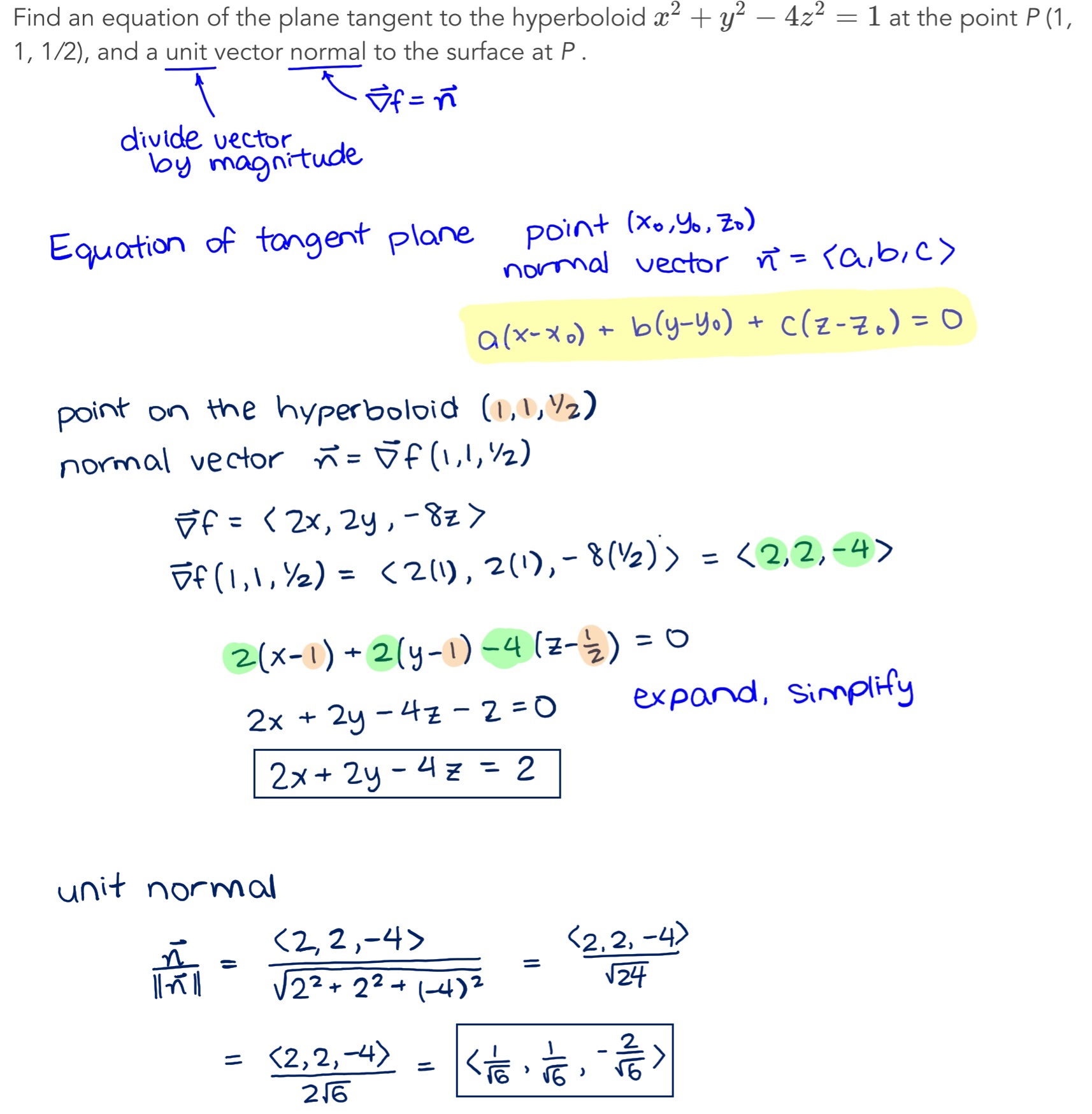



Math 277 Example Gradient And Directional Derivative
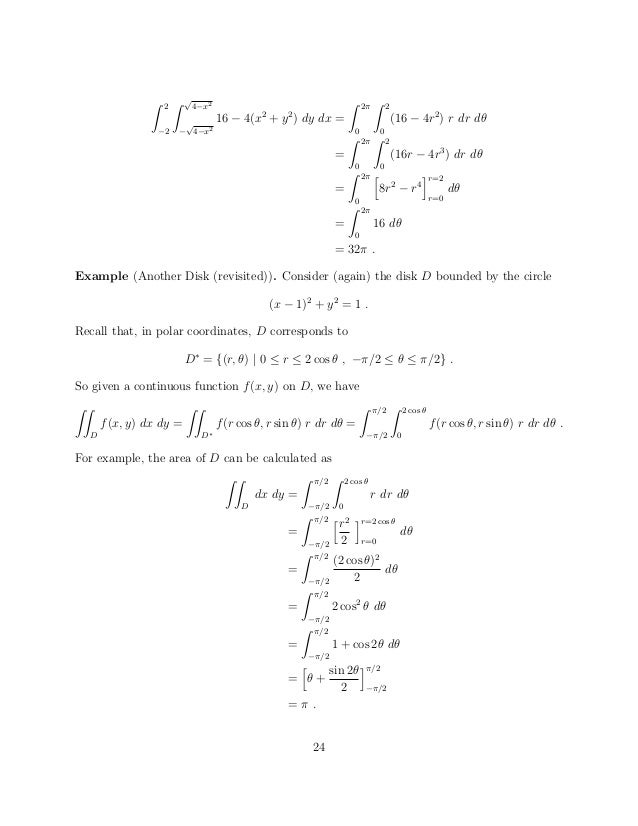



Notes Up To Ch7 Sec3
See the answer Show transcribed image text Expert Answer Previous question Next question Transcribed Image Text from this Question x^2 y^2 z^2 = 0 in a 3D graph Get more help from Chegg Solve it with our calculus problem solver and calculatorQuestion X^2 Y^2 Z^2 = 0 In A 3D Graph This problem has been solved!A) \( \Large \phi \left(xyz, \frac{y}{z}\right)=0\) B) \( \Large \phi \left(\frac{y}{z},\frac{y}{x^{2}y^{2}z^{2}}\right) =0\) C) \( \Large \phi \left(\frac{y}{2
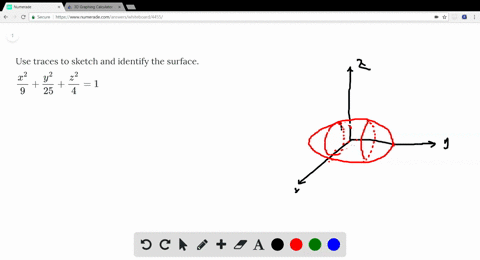



Solved Use Traces To Sketch And Identify The Surf




Analytical Geometry Notes
X 2 y = lim x!0 0 x2 = 0 6= 3 The function is continuous on the set f(x;y) 2R2j(x;y) 6= (0 ;0)g Created Date 7/3/14 PMDifferentiating equation (1) partially wrt x & y, we get Eliminating a and b from equations (1), (2) and (3), we get a partial differential equation of the first order of the form f (x,y,z, p, q) = 0 Example 1 Eliminate the arbitrary constants a & b from z = ax by abConvert A Rectangular Equation To A Spherical Equation X 2 Y 2 Z 2 0 Youtube For more information and source, see on this link https//wwwyoutubecom/watch?v
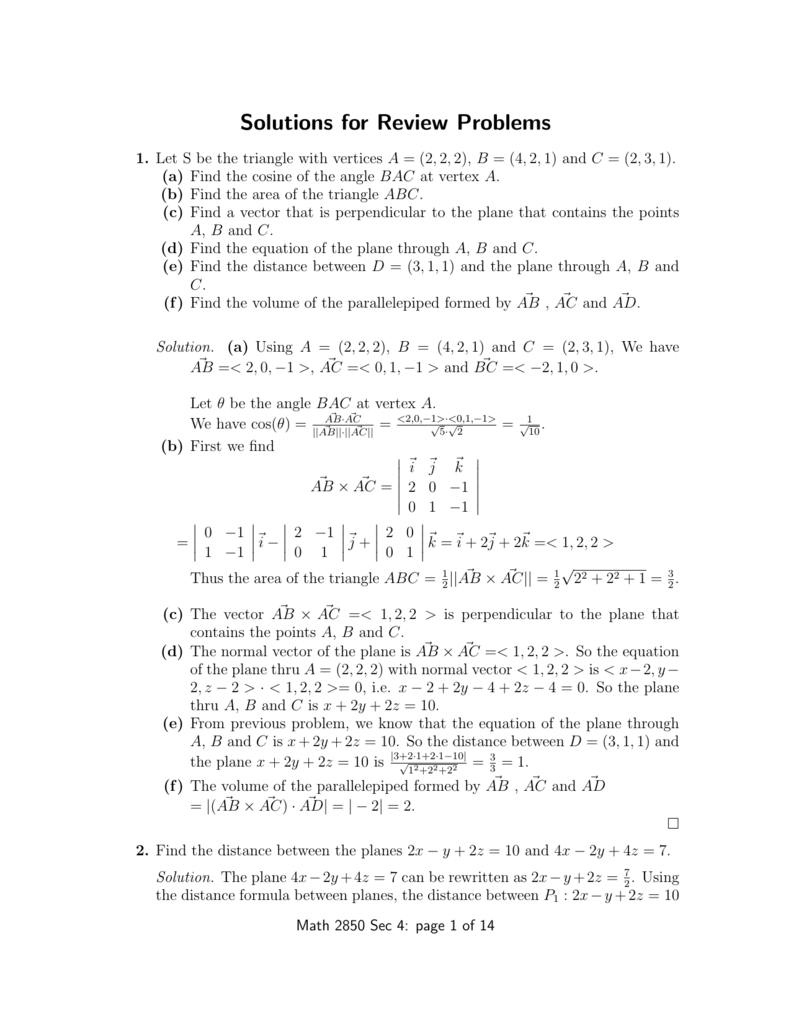



Solutions For Review Problems




By Transforming To Cylindrical Polar Coordinates Evaluate The Integral I Ln X 2 Y 2 Dxdydz Over The Interior Of The Conical Region X 2 Y 2 Z 2 0 Z 1 Holooly Com
Answer and Explanation 1 We have to express x2−y2−z2 = 0 x 2 − y 2 − z 2 = 0 in spherical coordinates As we know, in spherical coordinates x= ρsin(ϕ)cos(θ) y= ρsin(ϕ)sin(θ) zSolution for 12X^22xyz2y^2z^2=0 equation Simplifying 12X 2 2xyz 2y 2 z 2 = 0 Solving 12X 2 2xyz 2y 2 z 2 = 0 Solving for variable 'X' Move all terms containing X to the left, all other terms to the right Add '2xyz' to each side of the equation 12X 2 2xyz 2xyz 2y 2 z 2 = 0 2xyz Combine like terms 2xyz 2xyz = 0 12X 2 0 2y 2 z 2 = 0 2xyz 12X 2 2y 2 z 2Math Input NEW Use textbook math notation to enter your math Try it




Intersection Of X Y Z 0 And X 2 Y 2 Z 2 1 Mathematics Stack Exchange




X 2 Y 2 Z 2 0 Grafik Novocom Top
$\begingroup$ Yep, the first method will be easier for my students to understand, so that is my preference I think I understand what it does so I will be able to explain it to the students It plots the level surface for z, and because of Mesh>Range4, it plots the level surfaces z=1, z=2, z=3, z=4, which are the four planesEg x2p y2q = z is a linear in z and of first order Further, a pde is said to be quasilinear if degree of highest order derivative is one, no product of partial derivatives are present eg z – z xx (z y)2 = 0 is a quasilinear 2nd order 112 FORMATION OF PARTIAL DIFFERENTIAL EQUATIONSLevel surfaces For a function $w=f(x,\,y,\,z) \, U \,\subseteq\, {\mathbb R}^3 \to {\mathbb R}$ the level surface of value $c$ is the surface $S$ in $U \subseteq




If X Y 2 Z 2 4 Y Z 2 X 2 9 Z X 2 Y 2 36 What Is Are The Value S Of X Y Z A 0 B 1 C 3 D 7
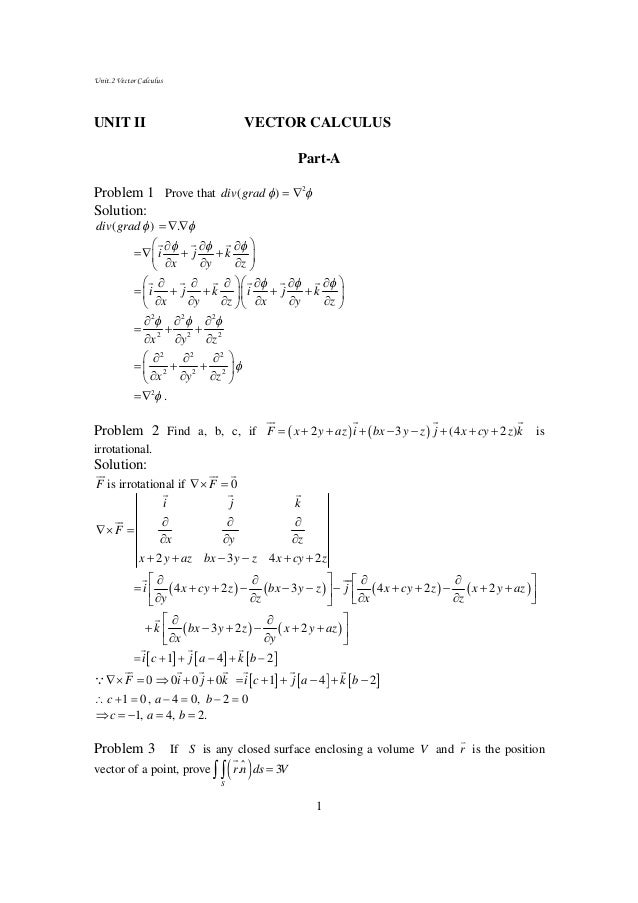



Unit 2
Substitute (x−2)2 − 4 ( x 2) 2 4 for x2 −4x x 2 4 x in the equation x2 y2 −4x = 0 x 2 y 2 4 x = 0 Move −4 4 to the right side of the equation by adding 4 4 to both sides Add 0 0 and 4 4 This is the form of a circle Use this form to determine the center and radius of the circleThe points (x,y,z) of the sphere x 2 y 2 z 2 = 1, satisfying the condition x = 05, are a circle y 2 z 2 = 075 of radius on the plane x = 05 The inequality y ≤ 075 holds on an arc The length of the arc is 5/6 of the length of the circle, which is why the conditional probability is equal to 5/6The Divergence Theorem relates surface integrals of vector fields to volume integrals The Divergence Theorem can be also written in coordinate form as ∬ S P dydz QdxdzRdxdy = ∭ G ( ∂P ∂x ∂Q ∂y ∂R ∂z)dxdydz In a particular case, by setting P = x, Q = y, R = z, we obtain a formula for the volume of solid G V = 1 3∣∣



Surface Integrals




6 Consider The Sphere S Cut Out By Z2 Y2 22 Maximize Daf P Where Y Z 2y 3z And U Is A Unit Vector In The Tangent Plane To S At
The problem is I have to find all the possible combination of integers (x, y, z) that will satisfy the equation x^2 y^2 z^2 = N when you are given an integer N You have to find all the unique tuples (x, y, z) For example, if one of the tuple isFactor x^2y^2 x2 − y2 x 2 y 2 Since both terms are perfect squares, factor using the difference of squares formula, a2 −b2 = (ab)(a−b) a 2 b 2 = ( a b) ( aX 2 Y 2 Z 2 0 Graph vzdialenosť zeme od mesiaca vyssi plat žiadosť o zvýšenie platu vzor word vzdialenosť zeme od slnka vzor motivačný list učiteľka v materskej škole vyúčtovanie pracovnej cesty vlastným autom vyúčtovanie pracovnej cesty tlačivo na stiahnutie vystrihovačky anjel z papiera pre deti využitie pet fliaš v




Graphing 3d Graphing X 2 Y 2 Z 2 Intro To Graphing 3d Youtube
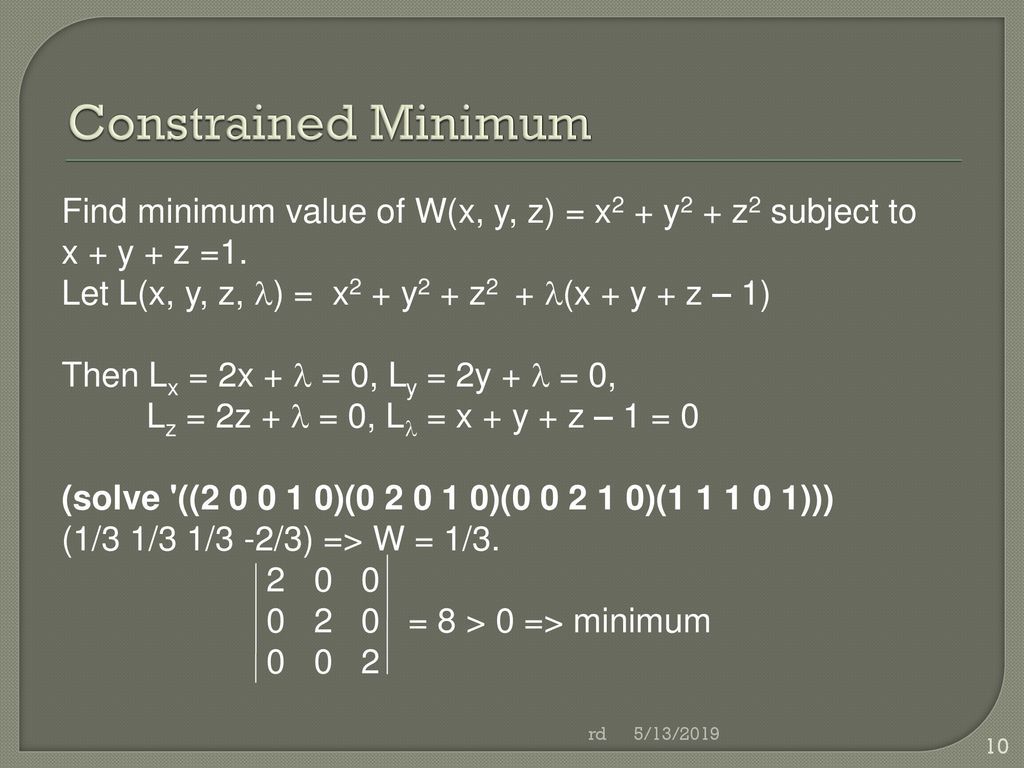



Lagrange Multipliers Ppt Download
Subspaces Examples with Solutions \( \) \( \) \( \) \( \) Definiiton of Subspaces If W is a subset of a vector space V and if W is itself a vector space under the inherited operations of addition and scalar multiplication from V, then W is called a subspace1, 2 To show that the W is a subspace of V, it is enough to show that W is a subset of VThe lower bound z = x 2 y 2 z = x 2 y 2 is the upper half of a cone and the upper bound z = 18 − x 2 − y 2 z = 18 − x 2 − y 2 is the upper half of a sphere Therefore, we have 0 ≤ ρ ≤ 18, 0 ≤ ρ ≤ 18, which is 0 ≤ ρ ≤ 3 2 0 ≤ ρ ≤ 3 2 For the ranges of φ, φ, we11 Consider the paraboloid z = x2 y2 (a) Compute equations for the traces in the z = 0, z = 1, z = 2, and z = 3 planes Plane Trace z = 0 Point (0;0) z = 1 Circle x 2 y = 1 z = 2 Circle x 2 y = 2 z = 3 Circle x2 y2 = 3 (b) Sketch all the traces that you found in part (a) on the same coordinate axes



Http Www Math Drexel Edu Classes Calculus Resources Math0hw Homework11 7 Ans Pdf
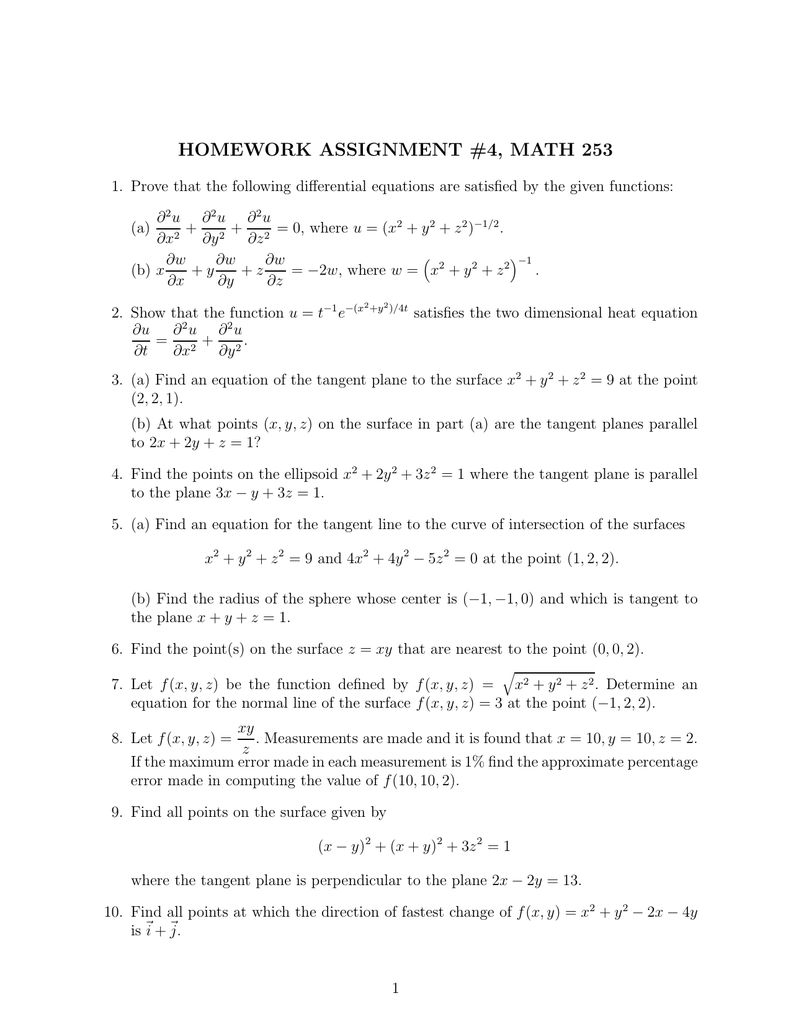



Homework Assignment 4 Math 253
X2 y2 (z − 1)2 = 1 I ρ = 2 is a sphere radius 2 and φ ∈ 0,π/2 says we only consider the upper half of the sphere 2 2 y z 1 2 rho = 2 x rho = 2 cos ( 0 ) Triple integral in spherical coordinates (Sect 157) Example Use spherical coordinates to find the volume of the region outsideAn ellipsoid is a surface described by an equation of the form x2 a2 y2 b2 z2 c2 = 1 Set x = 0 to see the trace of the ellipsoid in the yz plane To see the traces in the xy and xz planes, set z = 0 and y = 0, respectively Notice that, if a = b, the trace in the xy plane is a circleWhat Is The Line Integral Of F = xz, Yz, X^2y^2 Along Curve This problem has been solved!



Http Www Math Drexel Edu Classes Calculus Resources Math0hw Homework11 7 Ans Pdf



What Is The Graph Of X 2 Y 2 Z 2 1 Quora
It's the equation of sphere The general equation of sphere looks like math(xx_0)^2(yy_0)^2(zz_0)^2=a^2/math Wheremath (x_0,y_0,z_0)/math is the centre of the circle and matha /math is the radious of the circle It's graph looksX (2 − 2x)2 2 dx = √ 6 Z 1 0 (2x3 − 4x2 2x)dx = √ 6 h1 2 x4 − 4 3 x3 x2 i 1 0 = √ 6 6 (b) ZZ S zdS, where S is the part of the paraboloid z = x2 y2 under the plane z = 4 Solution With Q = {(x,y) x2 y2 ≤ 4} = {(r,θ) 0 ≤ r ≤ 2,0 ≤ θ ≤ 2π}, we have ZZ S zdS = ZZ Q (x2 y2) s ∂z ∂x 2The Equation x2 y2 = z2 The equation x2 y2 = z2 is associated with the Pythagorean theorem In a right trianglethesumofthesquaresonthesidesisequaltothesquareonthehypotenuse We all learn that (3,4,5) is a "Pythagorean triple" 32 42 = 52 A Pythagorean triple isa"triple"ofthreepositiveintegers(x,y,z)sothat x2 y2 = z2 Thetripleis
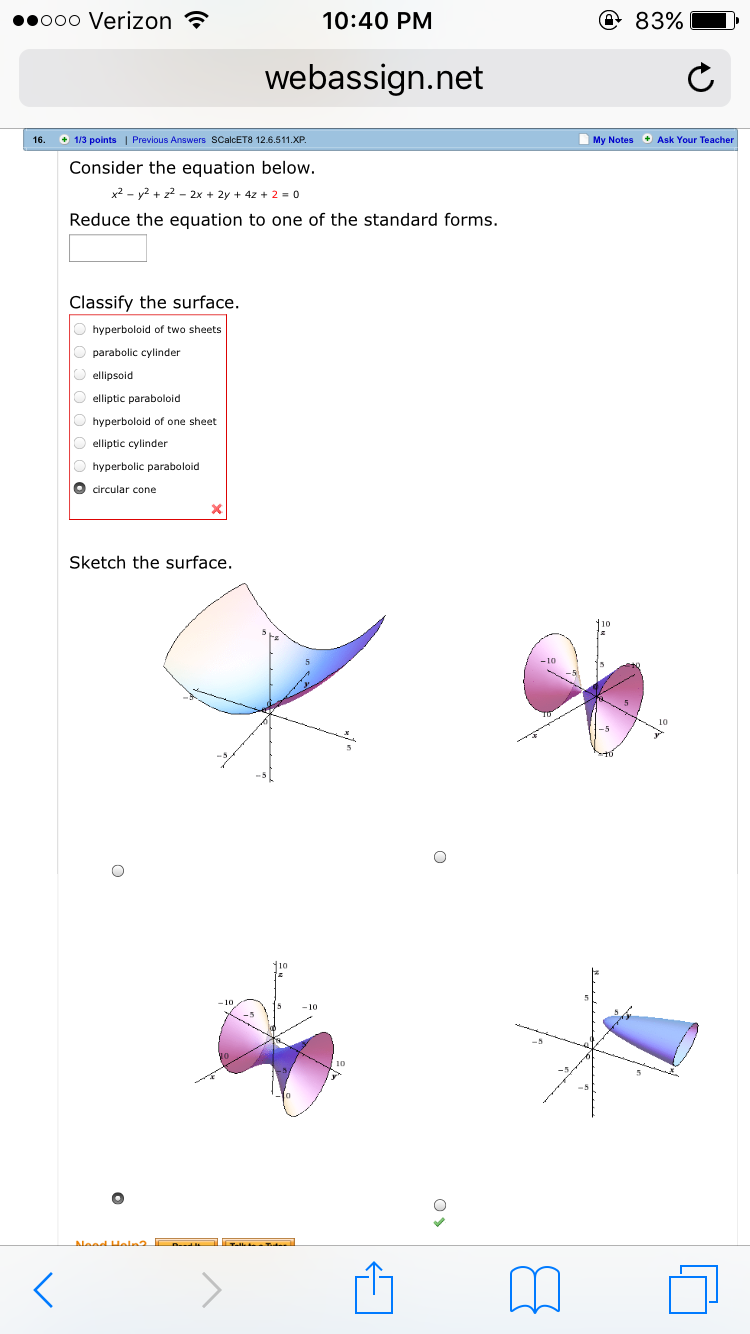



Consider The Equation Below X 2 Y 2 Z 2 2x Chegg Com



Surface Area
How can I use Matlab to plot theses two plans X^2Y^2Z^2=0 and F 2 ax^2bY^2Z^2=0 Knut J 0 Comments Show Hide 1 older comments Sign in to comment Sign in to answer this question Accepted Answer bym on Vote 0 Link3=4 x2 2 p 3=4 x2 Z p 1 x2 y2 1 p 1 x y2 f(x;y;z)dzdydx This problem seems hard To solve it, we must have a clear picture what the solid is According to the given bounds, p 3=2 x p 3=2 and p 3=4 x2 y p 3=4 x2, we know that the projection of the solid into xyplane is the disk given by x2y2 3=4 Having this in mind, let's check zdirectionExtended Keyboard Examples Upload Random Compute answers using Wolfram's breakthrough technology & knowledgebase, relied on by millions of students & professionals For math, science, nutrition, history, geography, engineering, mathematics, linguistics, sports, finance, music



What Is The Equation Of Sphere Passing Through The Circle X 2 Y 2 Z 2 2x 3y 4z 6 0 And 3x 4y 5z 15 0 And Cuts The Sphere X 2 Y 2 Z 2 2x 4y 6z 11 0 Quora




Solve The System Of Equations Re Z 2 0 Z 2
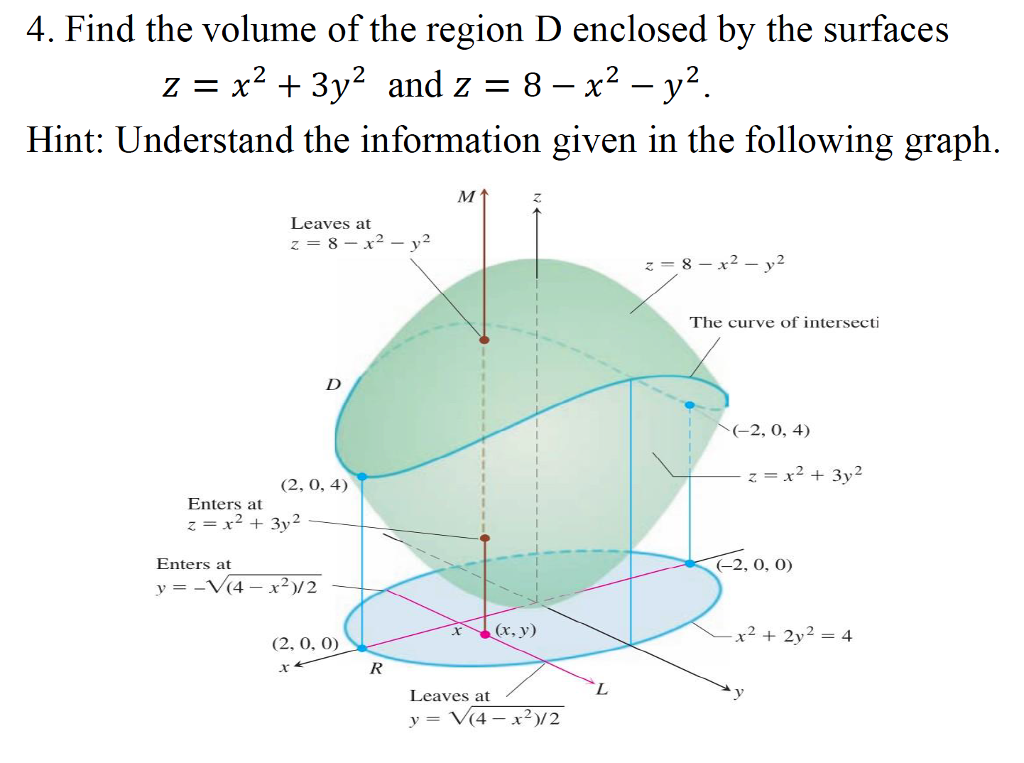



4 Find The Volume Of The Region D Enclosed By The Chegg Com




Fractext Soive For Sulucs X Y Z 4 0 2 X 3 Y 4 Gauthmath
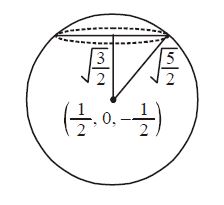



The Plane X 2y Z 4 Cuts The Sphere X2 Y2 Z2 X




How Do You Solve 2x 9y 2 X 2y 3z 0 And Y Z 1 Using Matrices Socratic




Elliptic Paraboloid X 2 Y 2 Z 2 0 Download Scientific Diagram



2



The Divergence Theorem Page 2




Make 2x 2 Y 2 Z 2 X 2 2y 2 Z 2 X 2 Y 2 2z 2 Squares Fun With Num3ers




S Consists Of The Paraboloid Y X 2 Z 2 0 Y 1 And The Disk X 2 Z 2 1 Youtube




Lagrange Multipliers Minimum Of F X Y Z X 2 Y 2 Z 2 Subject To X Y Z 9 0 Youtube




If X2 Y2 Z2 Xy Yz Xx O Prove That X Y Z Maths Polynomials Meritnation Com




John Lesieutre Multiplicities




Solved To Find The Points On The Cone Z2 X2 Y2 That Courses Archive
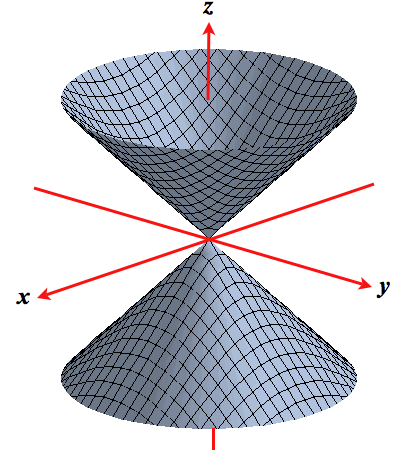



Level Surfaces



Http Ougouag Com 12 6exo Pdf




Answered Find The Points On The Cone Z2 X2 Bartleby
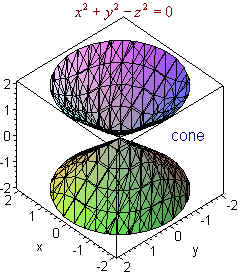



Surfaces




X 2 Y 2 Z 2 0 Novocom Top




Find The Area Of The Paraboloid Z 1 X 2 Y 2 That Lies In The First Octant Study Com




Find The Area Of The Portion Of The Surface Of The Sphere X 2 Y 2 Z 2 4x That Is Cut Off By A Nappe Of The Cone Y 2 Z 2 X 2 Mathematics Stack Exchange




9 6e Exercises Mathematics Libretexts
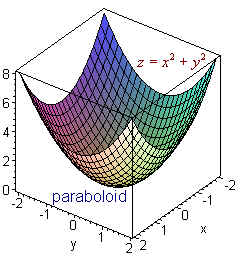



Surfaces
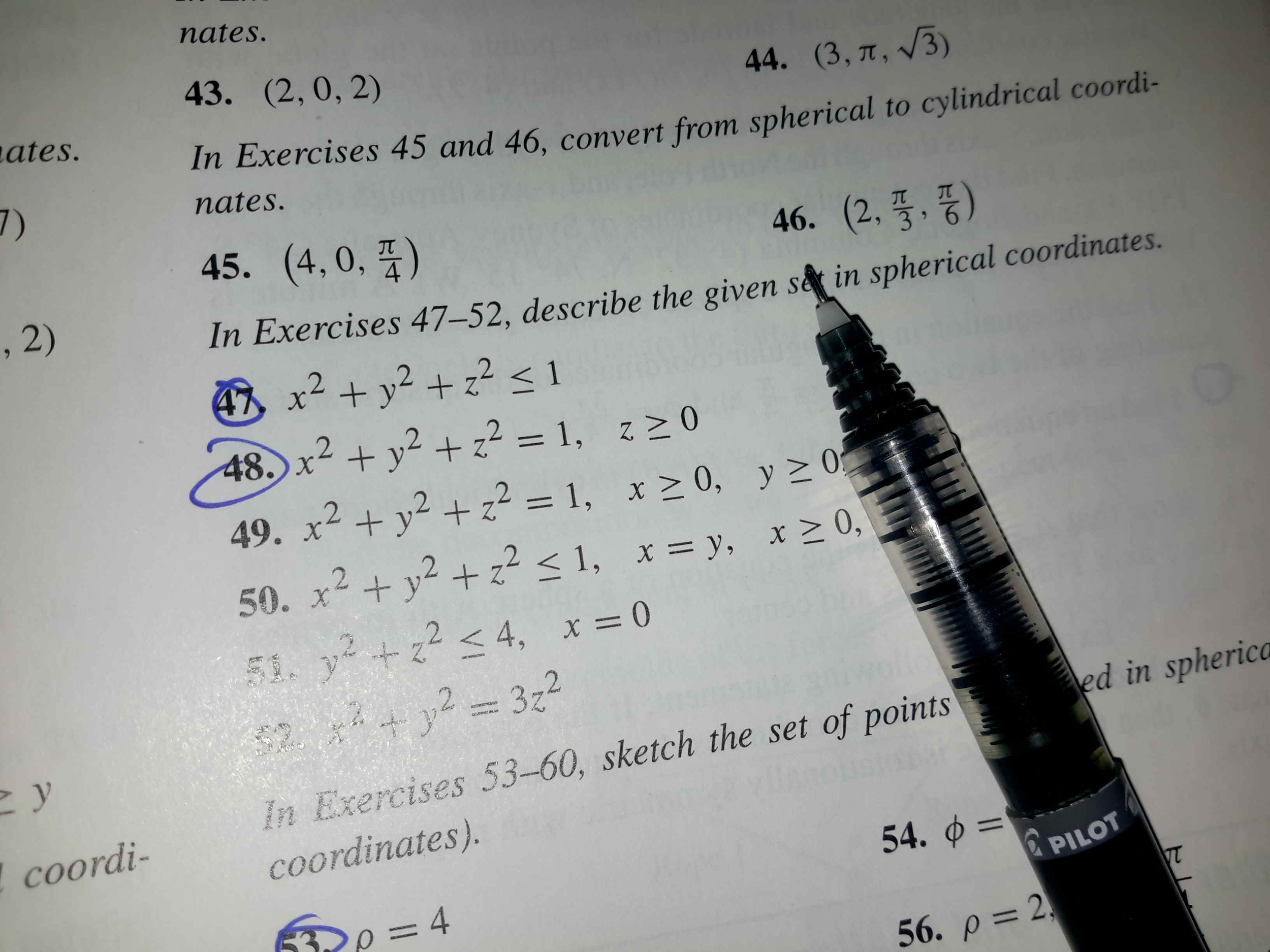



Describe The Given Set In Spherical Coordinatees 47 Chegg Com
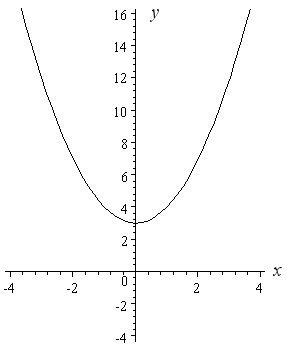



How To Draw Y 2 X 2



If U 2 1 X 2 Y 2 Z 2 Then Show That 2u X 2 2u Y 2 2u Z 2 0 Sarthaks Econnect Largest Online Education Community



1




If X X 1 X 2 Represents



1




X 2 Y 2 Z 2 0 Graph Dawonaldson



Http Www Math Drexel Edu Classes Calculus Resources Math0hw Homework11 7 Ans Pdf




If X Y Z 0 Then X 2 X Y Y 2 Equals Y 2 Y Z Z 2 B Y 2 Y Z Z 2 C Z 2 Z X X 2 D Z 2 Z X X 2




Solve The Following Problems By Using Lagrange Multipliers A Find The Maximum And Minimum Values Of F X Y Z X 2 Homeworklib
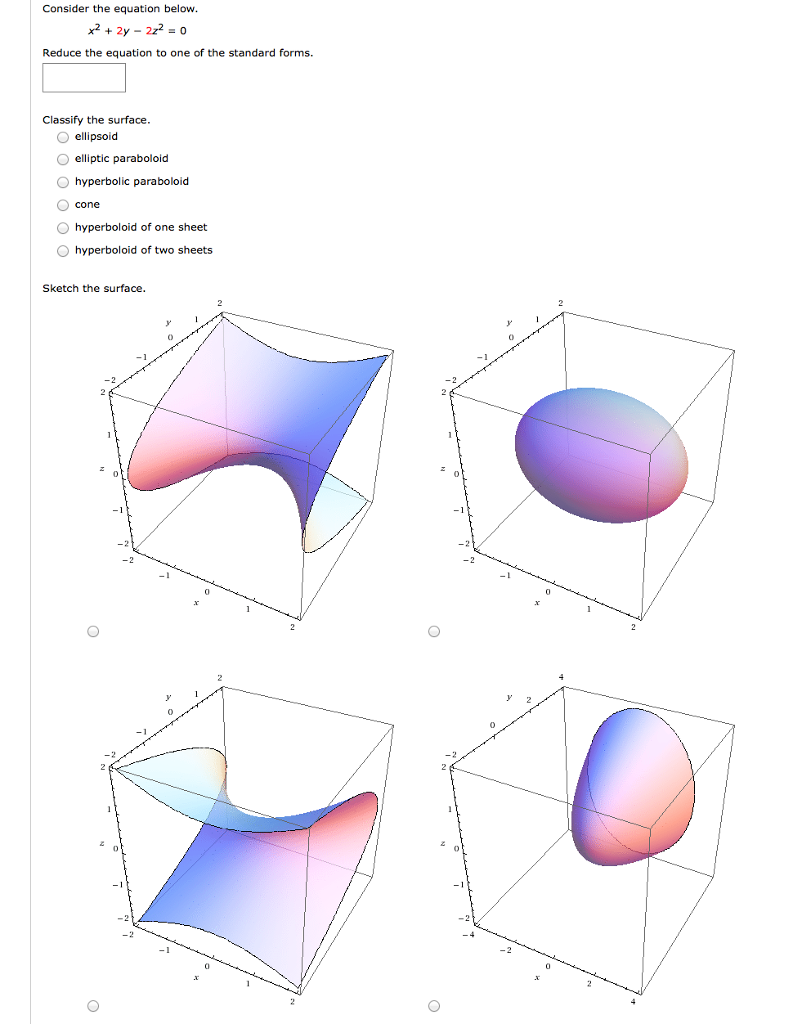



Consider The Equation Below X 2 2y 2z 2 0 Chegg Com
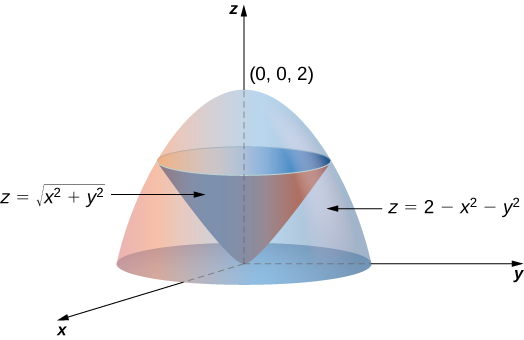



Triple Integrals In Cylindrical And Spherical Coordinates Calculus Volume 3




Calc 501 1000 By James Bardo Issuu




Solve The System Of Equations 3x 3y 2z 1 X 2y 4 10y 3z 2 And 2x 3y Z 5 Answer Mathematics 1 Question Answer Collection




X 2 Y 2 Z 2 0 Novocom Top




Convert A Rectangular Equation To A Spherical Equation X 2 Y 2 Z 2 0 Youtube




X 2y Y 2 0 Novocom Top




Find The Shortest And Longest Distances From The Point P 5 2 3 To The Surface Of The Sphere X 2 Y 2 Z 2 2 X 2z 2 Homeworklib



Http Www Math Drexel Edu Faculty Dmitryk Wp Content Uploads Sites 6 14 01 Exam2 Solutions Pdf




Algebra Precalculus



Http Www Math Ntu Edu Tw Cheng Teaching Calculus Ch16 Pdf



Solved Form Partial Differential Equation By Eliminating The Arbitrary Function F Ax By Cz X 2 Y 2 Z 2 0 Also Find Order And Degree Of The Course Hero



2




X 2 Y 2 Z 2 0 Novocom Top




If X 3 2 Y 5 2 Z 4 2 0 Then Find X 2 9 Y 2 25 Z 2 16 Brainly In




15 5 Triple Integrals In Cylindrical And Spherical Coordinates Mathematics Libretexts
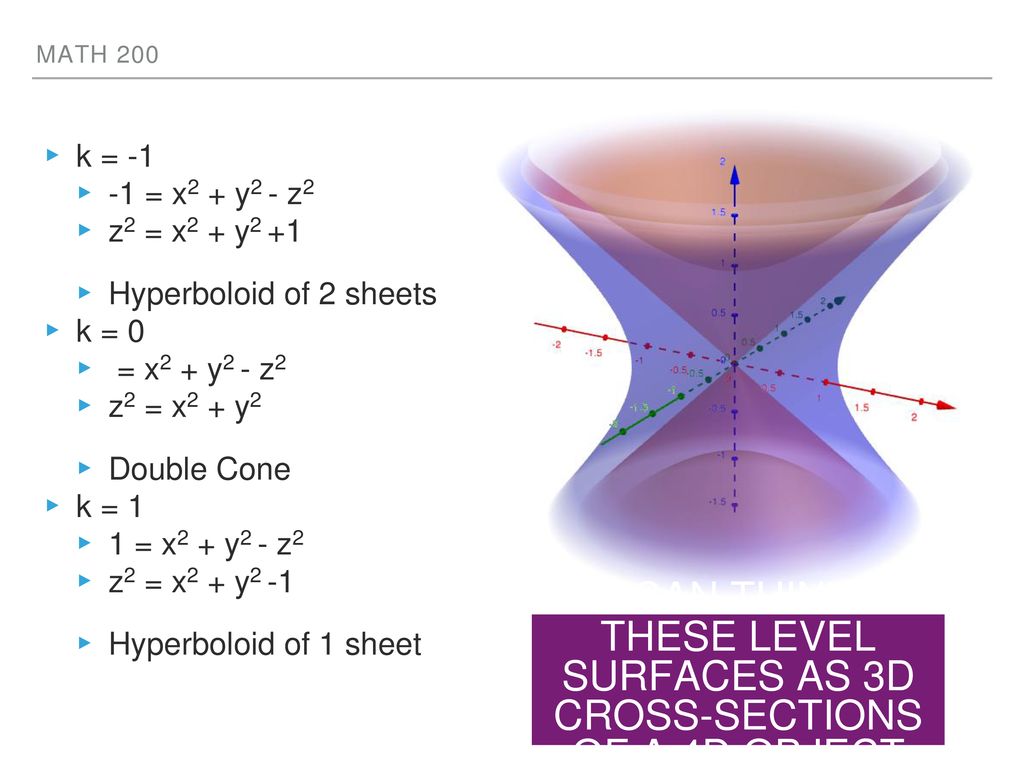



Functions Of Several Variables Ppt Download



Solved Form Partial Differential Equation By Eliminating The Arbitrary Function F Ax By Cz X 2 Y 2 Z 2 0 Also Find Order And Degree Of The Course Hero



If X 2 Y 2 Z 2 2 X Y Z 3 What Is The Value Of 2x 3y 4z Quora




Equation Of The Sphere Is 2x 2 2y 2 2z 2 8x 12y 16z 8 0 Find Its Centre And Radius
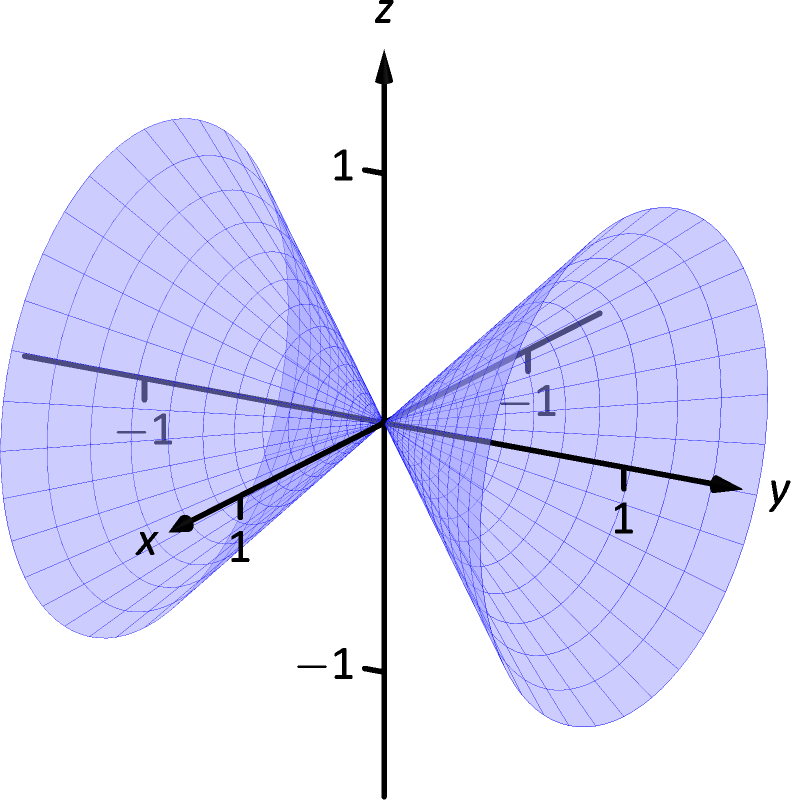



11 1 Introduction To Cartesian Coordinates In Space Chapter 11 Vectors Part Calculus Iii



35 Reduce The Equation X 2 Y 2 Z 2 4x 2y 2z 4 0 To One Of The Standard Forms Classify The Surface And Sketch It Toughstem
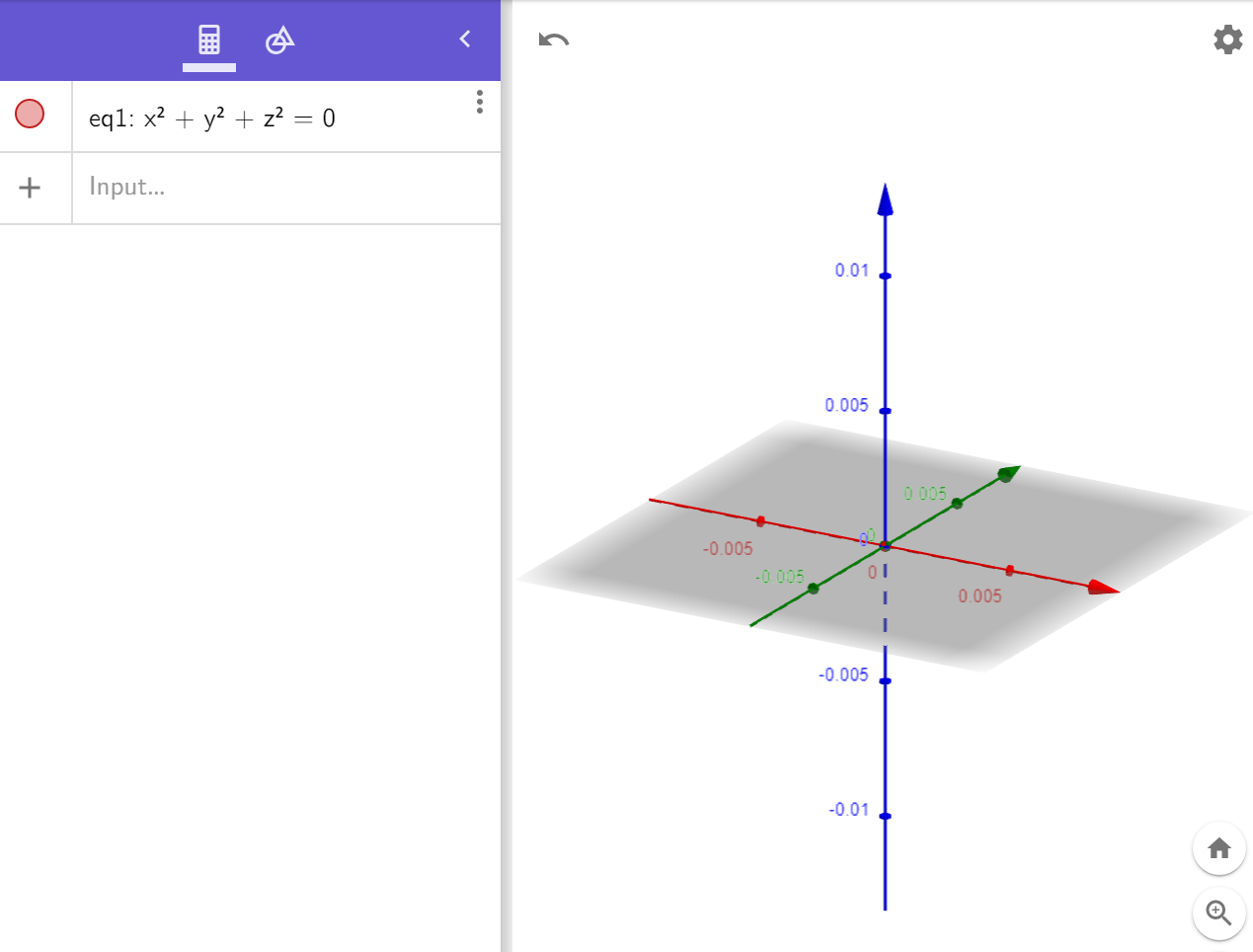



What Does The Equation X 2 Y 2 Z 2 0 Represent Chegg Com




Sphere X 2 Y 2 Z 2 1 Patilksu




How To Plot Z 5 Sqrt X 2 Y 2 0 Le Z Le 5 In Mathematica Mathematics Stack Exchange



35 Reduce The Equation X 2 Y 2 Z 2 4x 2y 2z 4 0 To One Of The Standard Forms Classify The Surface And Sketch It Toughstem



1



1



If X 2 Y 2 Z 2 2xyz 1 Then Prove That Dx 1 X 2 Dy 1 Y 2 Dz 1 Z 2 0 Sarthaks Econnect Largest Online Education Community



Http Www Disconzi Net Teaching Mat2300 Fall 16 Extras Practice Test 2 Solutions Pdf
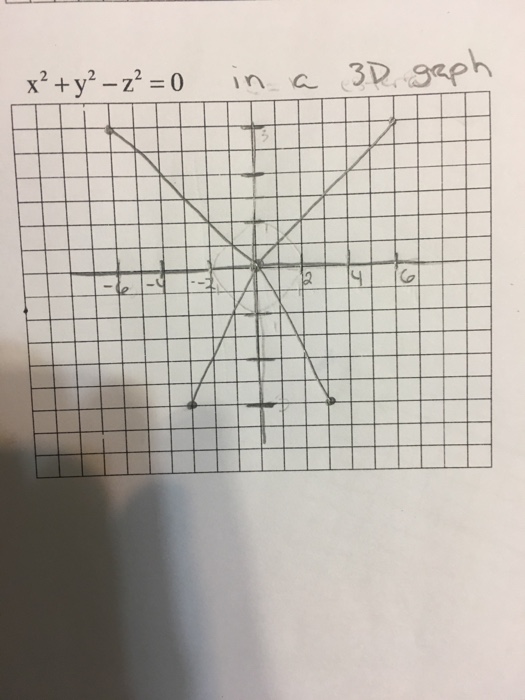



X 2 Y 2 Z 2 0 In A 3d Graph Chegg Com
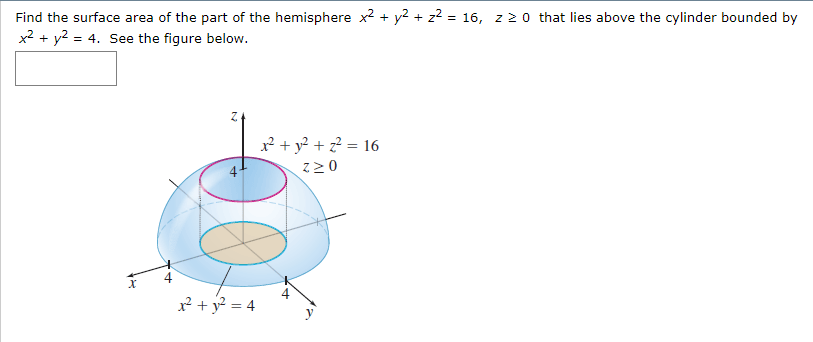



Find The Surface Area Of The Part Of The Hemisphere Chegg Com
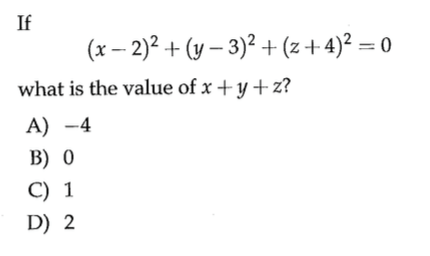



Answered If X 2 2 Y 3 2 Z 4 2 0 What Is The Bartleby




Plot Of A Portion Of The Variety X 2 Y 2 Z 2 Z 3 0 Download Scientific Diagram




Se11g01 02 Gif




How To Plot X 2 Y 2 Z 2 Mathematics Stack Exchange




Vector Analysis By Alimkanwalimtinaa Issuu




Proof Of Lemma 3 2 The Plane Ax By Cz 0 Intersects The Cone X 2 Download Scientific Diagram




Convert A Rectangular Equation To A Spherical Equation X 2 Y 2 Z 2 9z 0 Youtube



C5




The Point Of Intersection Of The Line Passing Through 0 0 1 And Intersecting The Lines X 2y Z 1 X Y 2z 2 And X Y 2 X Z 2 With Xy Plane Is A Left Frac 5 3 Frac 1 3 0 Right B 1 1 0 C Left Frac 2 3




If X2 Y2 Z2 2 X Y Z 3 Find The Value Of 2x 3y 4z Brainly In
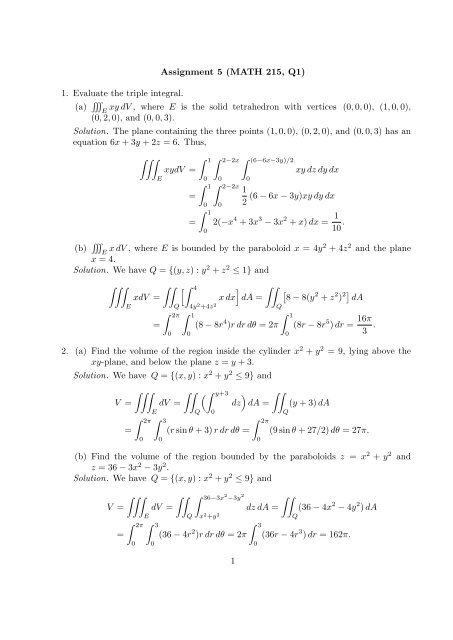



Assignment 5 Math 215 Q1 1 Evaluate The Triple Integral A



Http Mathweb Math Ncu Edu Tw Calc 98s Assist Hw 98s Hw9 Pdf



0 件のコメント:
コメントを投稿